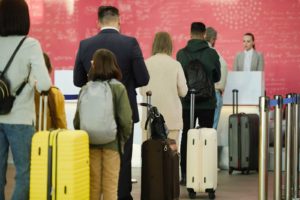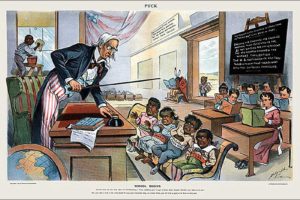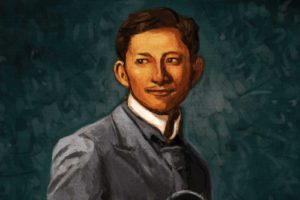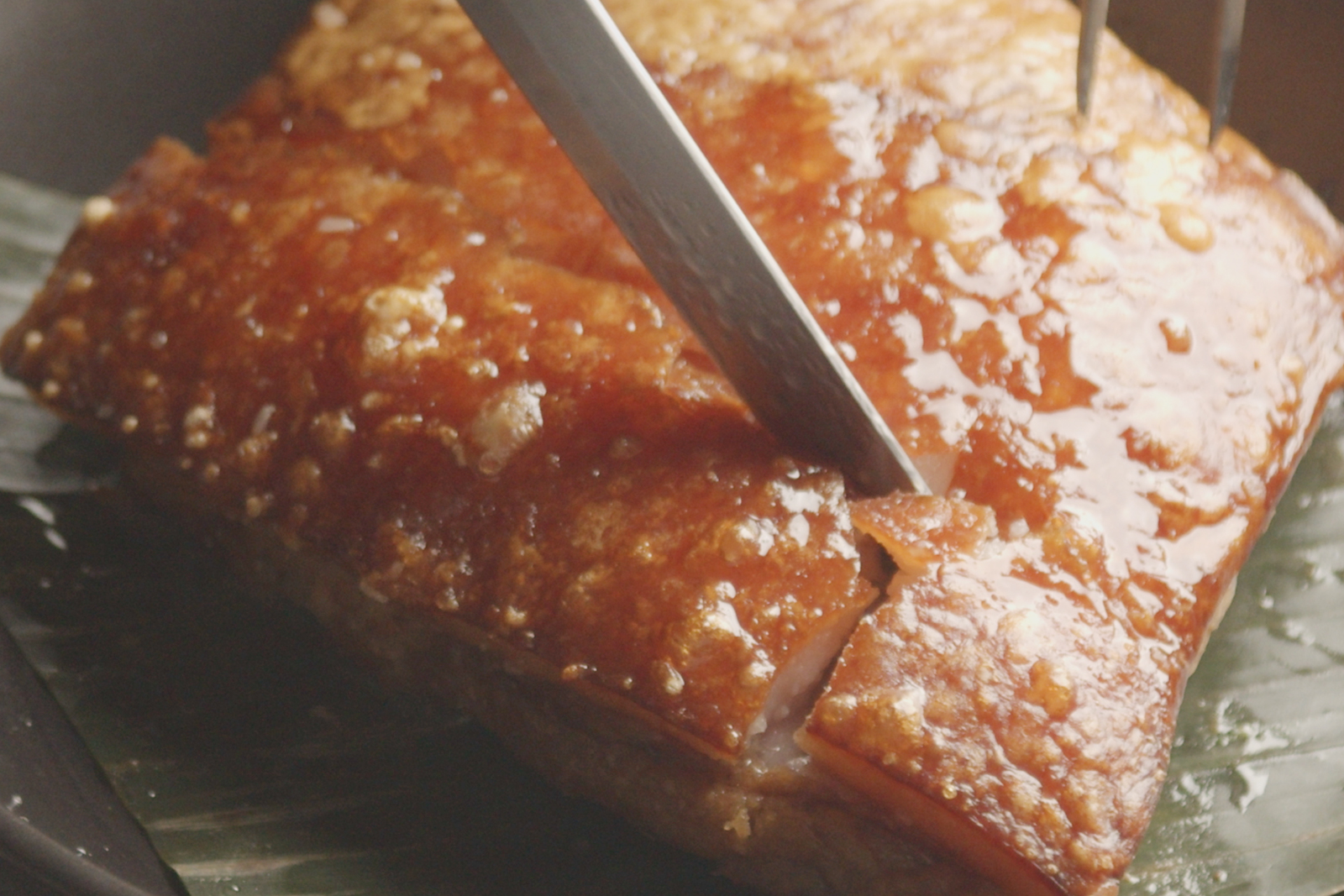
Just how many Filipino nurses are there in the US?
There are an estimated 143, 600 Filipino registered nurses in the US. One talk show host remarked in his opening monologue, after he had just been hospitalized, that it was utterly unbelievable that in the hit medical TV drama E.R. there were no Filipino nurses on staff.
True enough: the US health care system has 512,000 immigrant registered nurses and nearly a third or 28% of that group is Filipino. One in three foreign-born nurses working in the US is Filipino. This is not the only startling fact, really: Second- and third-generation Filipino immigrants also opt into the nursing profession just like their grandparents and their parents before them.
The US nursing shortage and the demand for Filipino nurses
The most obvious reason why there are so many Filipino nurses in the US is this: Since 1956, the US has had a chronic nursing shortage. Firstly, World War 2 claimed many casualties but also sent home a lot of sick and injured US soldiers needing nursing care. Secondly, in 1955, the US began a police action in Vietnam that also sent home sick and injured soldiers needing nursing care.
Thirdly, the US is experiencing a “graying” population. At least 55 million of its people are aged 65 or older and suffer from chronic conditions that require nursing care. Developments in medical science has increased the lifespan and life expectancy of Americans such that in 2010, there were 5.7 million Americans aged 80-84 and 5 million aged 85-94. This portion of the population called the “oldest of the old” usually require some nursing care. This number does not include people who are younger but who also have chronic conditions or mental or physical disabilities that also require nursing care. Lately, the Covid-19 pandemic has decimated the population of nurses and other healthcare professions. The US nursing shortage continues to this day.
Nursing care in pre-colonial and colonial Philippines
Pre-colonial Philippine society had herbularios and babaylan who healed and cared for the sick, but as early as 1577, the Spanish colonial government had established a hospital for its soldiers and civil servants on the islands. In 1568, the Franciscan order of monks established the San Lazaro Hospital. Later, in 1596, the Brotherhood of Misericordia established the San Juan de Dios hospital providing general health care services to the population. Nursing services then were provided by priests and nuns.
During the Philippine War for Independence from Spain and then through the Philippine-American War, prominent women such as Josephine Bracken (wife of Dr. Jose Rizal) provided nursing services to the Filipino revolutionaries. Dña. Hilara de Aguinaldo and Dña. Ma. Agoncillo de Aguinaldo, the first and second wives of Gen. Emilio Aguinaldo offered nursing services through the Red Cross to Philippine soldiers. Melchora Aquino, also known as “Tandang Sora” provided nursing care to wounded Philippine soldiers.
Manifest Destiny and the first-wave of Filipino nurse migrants
The US colonial policy of Manifest Destiny in the early 1900s played a major role in formalizing nursing education, training, and professionalization in the Philippines. While nursing care had been present in the Philippine islands since pre-colonial times nursing education and nursing as a profession were a hallmark of the US colonial policy that touted public health care as one of the benefits of US colonial occupation.
Note that the United States collected colonial holdings beyond its Western territories to include the Puerto Rico, the US Virgin Islands, the Hawaiian Islands, Guam, and the Philippines. They did this to spread evangelical Christianity, educate, and civilize the “savage” (non-White) peoples of those territories.
Besides US soldiers, American doctors, nurses, school teachers, and missionaries were among the first to set foot in the Philippines. This was because the American colonizers wanted to show a compassionate and human face to the peoples they conquered. This was the rationale of the US colonial policy of benevolent assimilation at play. It was implemented in the hope that conquered peoples such as the Filipinos would be less likely to revolt against the United States.
Those American doctors and nurses began training Filipinos in public healthcare practices. Note that the Philippines was in the tropics and epidemics of diseases such as malaria, typhoid, and cholera broke out quite regularly. There was a need for nurses to ensure the success of public health initiatives of the US colonial government.
The practical training provided by US nurses to the Filipinos was not enough to cope with the demands of the public health initiatives. Thus, in 1903, the Pensionado Act enabled many practically trained Filipino nurses to get formal nursing education in the United States. Some of those nurses came back to the Philippines and trained other Filipino nurses. Some stayed on in the United States. This was the first-wave of Filipino nurses who migrated to the US. The Pensionado Act paved the way for a sizeable community of Filipino nurses in New York such that in 1928 that the Philippine Nurses’ Association of New York was established.
Baptist missionaries established the first ever hospital-based nursing school in Iloilo in 1906. In 1907, St. Paul’s Hospital School of Nursing was opened by the Sisters of St. Paul of Chartres. In this same year, the Episcopalian denomination opened the St. Luke’s Hospital Nursing School in Quezon City. In 1908, the School of Nursing at the Philippine General Hospital admitted Filipino students.
These nursing schools in the Philippines had American faculty members. They used American English as the medium of instruction. Licensure and qualifying examinations were administered in American English. Student nurses were trained in American nursing practice. All these measures ensured a pool of US-trained nurses who spoke and understood English.
By the time World War 2 broke out, there were about 600 professionally trained Filipino nurses in the Philippines. Some of them were taken as prisoners of war because they provided nursing care to retreating American forces and Filipino guerilla fighters. Those nurses were briefly detained at the Bilibid Prison in Manila. The number of professionally-trained nurses after the surrender of the Japanese was reduced by half.
The Cold War and the ravaged economy of the Philippines
In the years immediately following the end of World War 2, the United States entered the era of the Cold War with the Soviet Union. The US State Department offered Filipinos a way to work and study in the US for 2 years through the Exchange Visitor Program in an effort to dissuade Filipinos from espousing communism which was spreading from China down to Southeast Asia. It was the expressed purpose of the EVP program to allow Filipinos to work and study in the US for two years so that they will become familiar with US culture and obtain the financial rewards of working in the US that will whet their appetite for US capitalism and democracy. Consider that there were 7000 Filipino nurses in the US in 1948 but in 1953, there were already 57,000 nurses.
Because of the nursing shortage in the US that began in 1956, US hospitals began actively recruiting graduates of nursing from the Philippines who had also passed the national nursing board examinations in the Philippines. All that was necessary for those nurses to be able to work in the US was to take a qualifying examination administered by the Commission on Graduates of Foreign Nursing Schools (CGFNS) and the examination administered by the state board where they will work.
Working abroad as an act of familism and nationalism
The individual motivations for Filipino nurses to migrate to the US are rooted primarily in remuneration. If a nurse stayed in the Philippines and worked here, the nurse will earn the equivalent of $200 every month. But if the Filipino nurse migrated to the US, the nurse will earn $3000-$4000 every month. The post-World War 2 economy of the Philippines was in shambles. The government could not provide employment for the nursing graduates that nursing schools churned out year after year. It needed US aid to get its industries and public services running again.
Thus, nurses left the Philippines in the 1960s and the 1970s primarily to take care of their families: their earnings were used to support parents, siblings, fund the construction of the family home and their education, or establish a family business. In many families, the dollar earnings of the migrant Filipino nurse help fund the education of more nurses in the family who will then be able to join the migrant nurse and become migrant nurses themselves. The expressed thrust of then President Manuel Roxas was to produce an educated population that will be pride of the Philippines, an educated population that can work alongside other nations and increase the prestige of the Philippines as well as lift the Philippine economy.
The Martial Law government of Ferdinand Marcos intensified the rhetoric of working abroad and gave it a nationalistic twist: Marcos expressed that working abroad, earning dollars, and sending those dollars back to their families in the Philippines was helping the country develop and sustain the economy. Filipino nurses working abroad were given preferential treatment and they were allowed to send care packages (the Balikbayan box) to their families in the Philippines without customs duties. Filipino nurses were hailed as modern-day national heroes. At their homecoming after obtaining their green cards and the pension that came with the green card, Filipino nurses and indeed, all balikbayan were allowed exemptions from travel taxes. They were allowed to regain their Filipino citizenship and thus, own tracts of land.
Nurses: the biggest Philippine export
Thus, while in the 1950s and the 1960s international recruitment of nurses into the US facilitated the migration of Filipino nurses, in the 1970s and onward, internal government policies implemented by the Philippine government facilitated migration of highly-skilled workers such as nurses to the US.
Consider that from a 10-year basic education program, the Philippines shifted to a 12-year basic education curriculum to mimic the basic education curriculum in the United States. That meant that future Filipino nurses will no longer “lack” two years of basic education before they start their nursing education in college.
Consider, too, that nurses who leave for work abroad must have their employment contracts registered and approved by the Philippine Overseas Employment Administration (POEA). The approval of nursing employment contracts required nurses to agree to remit at least 50% of their dollar salaries to their families in the Philippines.
This is why there are so many Filipino nurses in the US. Also, the US is no longer the only nation where Filipino nurses migrate. There are sizeable communities of Filipino nurses in Canada, in the UK, in Australia, Germany, Japan, and in the Middle East countries of Israel, Saudi Arabia, and the United Arab Emirates. The Philippines has become a factory of qualified nurses that it then exports abroad.
Sources:
Brice, Anne. “Why are there so many Filipino nurses in the US?” Berkeley News. https://news.berkeley.edu/2019/05/28/filipino-nurses-in-the-us-podcast/
Brush, Barbara L., Sochalski, Julie. “International nurse migration: Lessons from the Philippines.” Policy Politics and Nursing Practice. Volume 8 (1), pp. 37-46.
Brush, Barbara L. “The Potent Lever of Toil: Nursing Development and Exportation in the Postcolonial Philippines.” American Journal of Public Health. https://ajph.aphapublications.org/doi/10.2105/AJPH.2009.181222?url_ver=Z39.88-2003&rfr_id=ori%3Arid%3Acrossref.org&rfr_dat=cr_pub++0pubmed&
Constante, Agnes. “With largest share of migrant nurses, entire U.S. Filipino community hit hard by COVID-19.” NBC News.com https://www.nbcnews.com/news/asian-america/largest-share-migrant-nurses-entire-u-s-filipino-community-hit-n1237327
“History of Nursing in the Philippines,” Nurselabs.com. https://nurseslabs.com/history-nursing-philippines/
“Warnings raised about exodus of Philippines doctors and nurses.” The New York Times. https://www.nytimes.com/2005/11/27/world/asia/warnings-raised-about-exodus-of-philippine-doctors-and-nurses.html
























